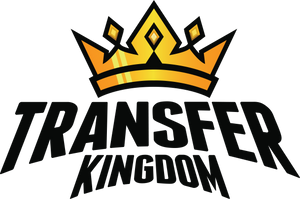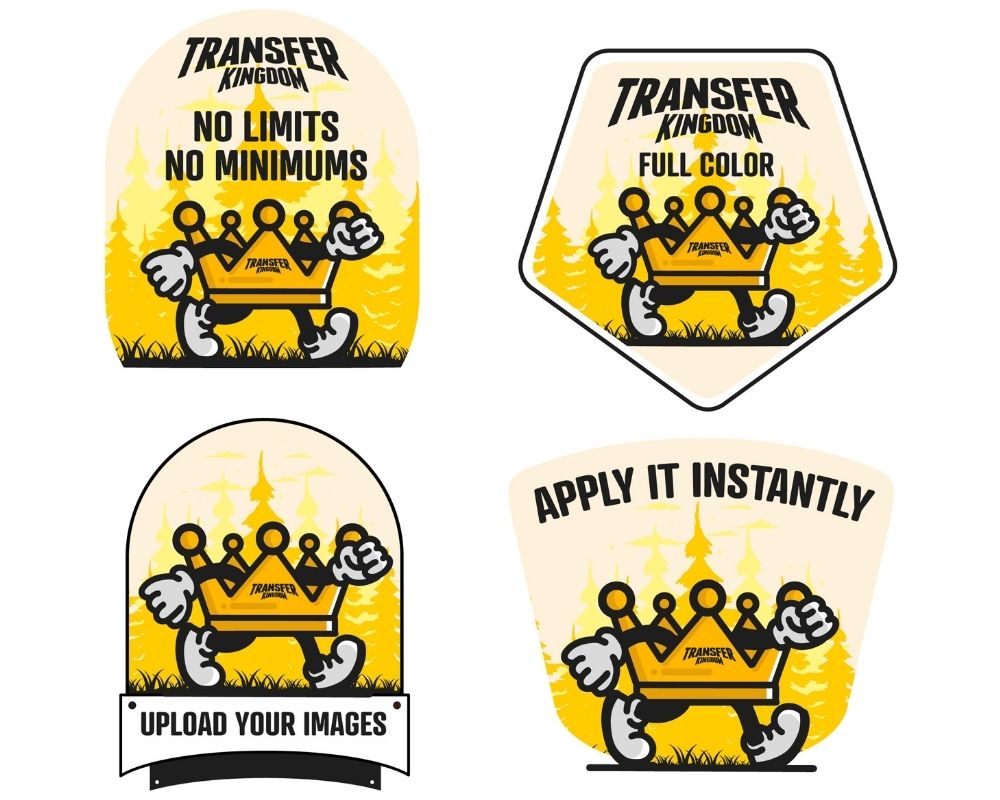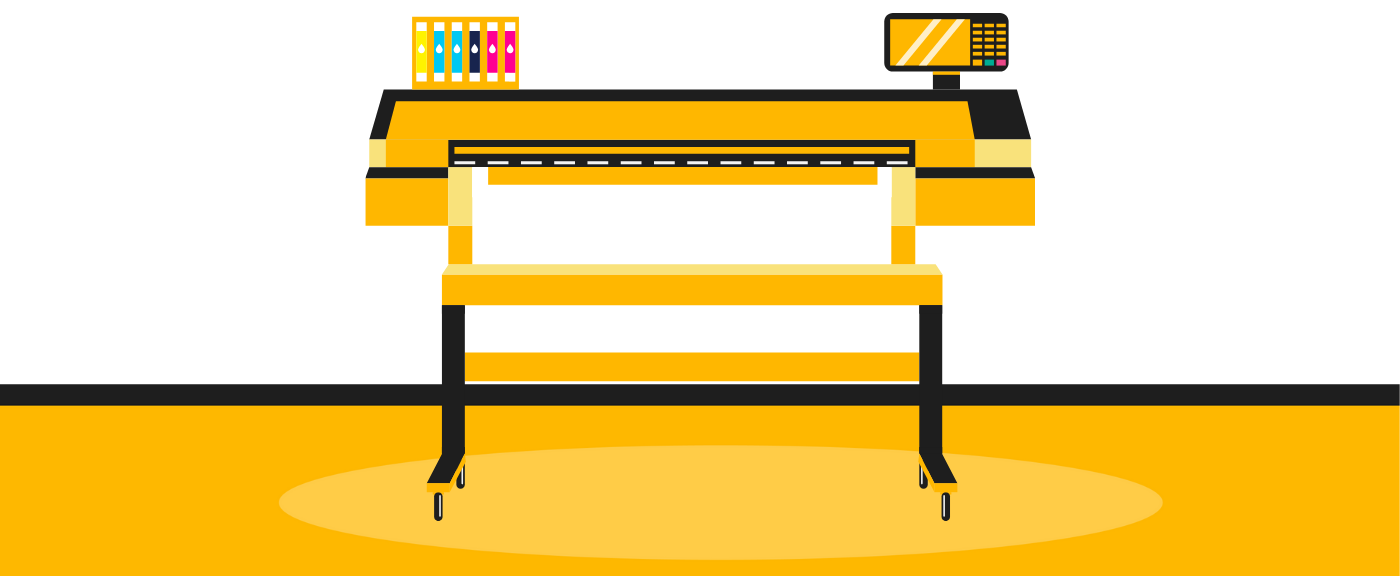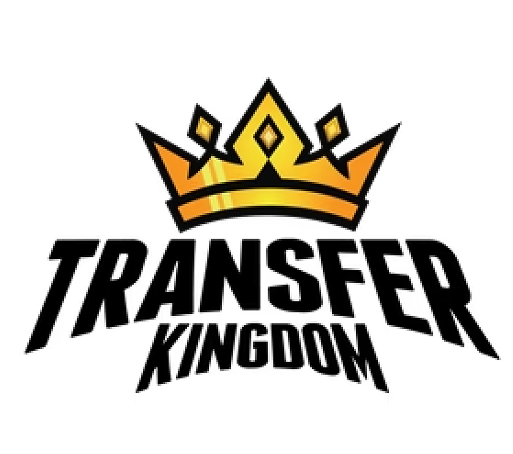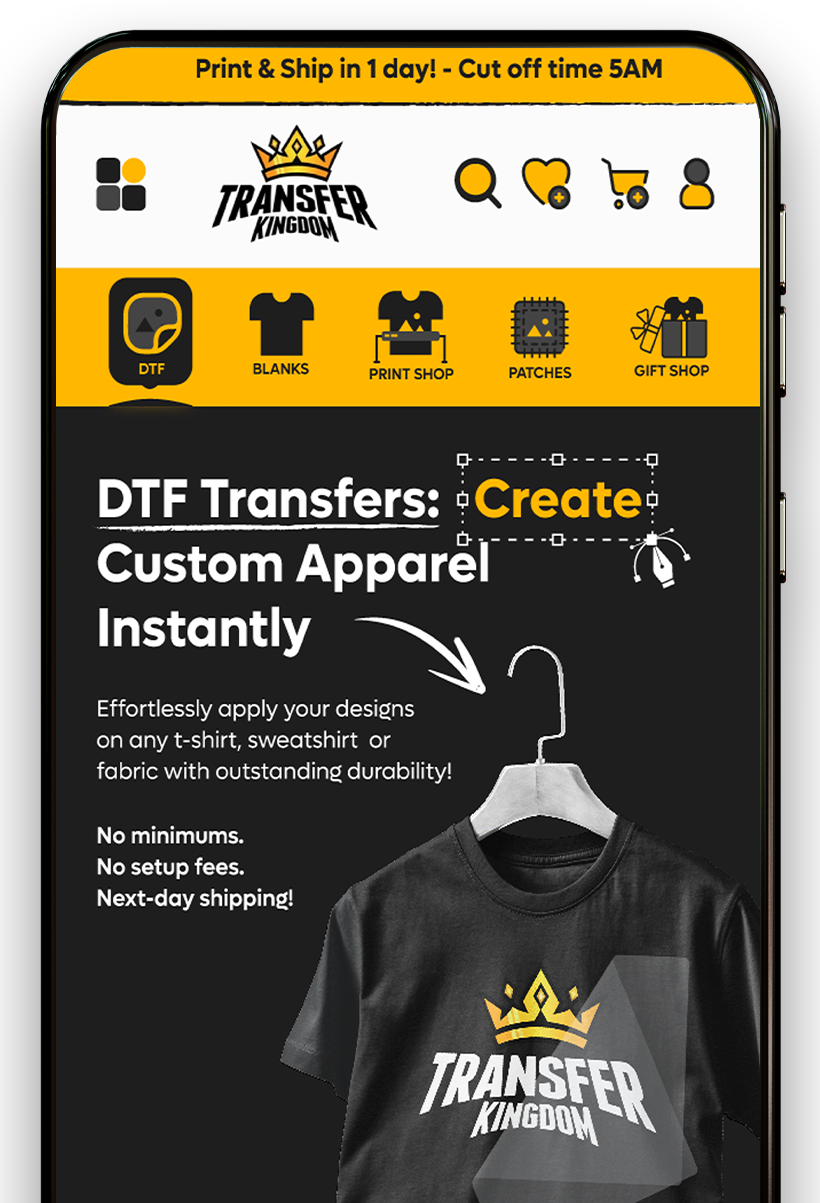Complete Guide to Selling T-Shirts on Shopify

Shopify is one of the most powerful platforms for building and scaling a custom t-shirt brand. Unlike Etsy or Amazon, Shopify gives you full control over branding, pricing, and customer relationships. In this guide, we’ll walk through everything you need to know about selling t-shirts on Shopify—from setting up your store to using DTF transfers for high-quality production.
Why Choose Shopify for Your T-Shirt Business?
Shopify has become the go-to choice for apparel entrepreneurs. With built-in payment systems, inventory tracking, and marketing apps, it’s designed for growth.
Key advantages:
Full Control: Your brand, your rules.
Scalability: Start small, grow into thousands of orders.
Marketing Tools: SEO, email campaigns, social media integration.
Flexibility: Works perfectly with print-on-demand or DTF Transfers Ready-to-Press.
📌 Quick Recap: Shopify = independence, growth, and professional branding.
Step 1: Set Up Your Shopify Store
Sign up for Shopify (14-day free trial available).
Choose a theme (clean, mobile-friendly).
Add your brand logo, colors, and fonts.
Create essential pages: Home, Shop, About Us, Contact.
👉 Plan collections like Halloween DTF Transfers or Christmas DTF Transfers to make navigation simple.
Step 2: Add Products
Your products are the heart of your Shopify store.
Use Custom DTF Transfers for single designs.
Scale designs efficiently with the Custom Gang Sheet Builder.
Upload product photos (mockups + lifestyle shots).
Write SEO-friendly descriptions (include fabric, size, durability).
💡 Pro Tip: Include a size chart image to reduce returns.
Step 3: Secure Payments & Shipping
Shopify Payments integrates credit cards, PayPal, Apple Pay, and Google Pay.
For shipping:
Offer flat-rate or free shipping to stay competitive.
Add branded packaging for a professional touch.
Start local, expand as sales grow.
📌 Quick Recap: Make checkout simple and shipping reliable.

Step 4: Optimize Listings for SEO
Shopify gives you SEO tools for each product.
Use keyword-rich titles (e.g., “Funny Gym T-Shirt – Cotton Tee – DTF Print”).
Add alt text to images.
Write clear, engaging meta descriptions.
👉 Test multiple designs with Premade Gang Sheets before investing in ads.
Step 5: Market Your Shopify Store
Marketing drives sales. Try these:
Social Media Ads: Run Facebook/Instagram campaigns.
TikTok Videos: Show behind-the-scenes pressing with the DTF Gang Sheet Uploader.
Email Campaigns: Offer discounts for new sign-ups.
SEO Blog Content: Write about custom fashion or DTF printing.
💡 Pro Tip: User-generated content (customers wearing your shirts) is powerful free advertising.

Step 6: Ensure Quality & Customer Trust
Quality = repeat buyers.
Always pre-press and post-press transfers.
Use premium Blank Apparel.
Add wash instructions: cold water, inside out, no softeners.
Encourage reviews on your site.
Case Study: Shopify Brand Growth
A small Houston-based brand started with Etsy but moved to Shopify for more control. By using Gang Sheet Transfers, they cut production costs and launched niche seasonal collections. Within six months, they doubled revenue, built an email list of 3,000+ customers, and expanded into wholesale.
📌 Lesson: Shopify + DTF transfers = scalable, profitable growth.
Table: Shopify vs Marketplaces
| Feature | Shopify | Etsy/Amazon |
|---|---|---|
| Branding | Full control | Limited |
| Fees | Monthly + small fees | High % cut |
| Customer Data | 100% yours | Restricted |
| Scalability | High | Limited |
| Marketing Tools | Advanced | Basic |
Step 7: Scale Your Shopify Business
Once sales start rolling:
Add upsells like Glitter Transfers or UV Cup Wrap Stickers.
Run retargeting ads to past visitors.
Expand into wholesale or B2B orders.
Conclusion
Shopify gives you the freedom to build your t-shirt brand your way. With user-friendly tools, powerful integrations, and the flexibility of DTF Transfers, anyone can create a professional online store and scale it into a full-time business.
Whether you’re launching seasonal designs like Christmas DTF Transfers or maximizing profits with Gang Sheet Builder, Shopify offers the structure you need to succeed.
👉 Don’t wait for marketplaces to control your growth—start building your Shopify t-shirt business today.
Is Shopify good for selling t-shirts?
Yes, it’s one of the best platforms for apparel businesses.
How much does it cost to start?
Around $200–400 for domain, hosting, and initial transfers.
Do I need design skills?
No—use Canva, Photopea, or premade designs.
Can I sell seasonal collections?
Yes—Halloween and Christmas drops work great.
How do I get traffic?
SEO, ads, and social media marketing.
What makes Shopify better than Etsy?
Full branding control and lower long-term fees.
Do I need to handle shipping myself?
Yes, unless you use a fulfillment service.
Can I scale into wholesale?
Yes—Shopify supports bulk order apps.
How do I make sure quality is consistent?
Use reliable blanks and professional DTF transfers.
Where can I buy transfers for my Shopify shirts?
At Transfer Kingdom: DTF Transfers Ready-to-Press.
